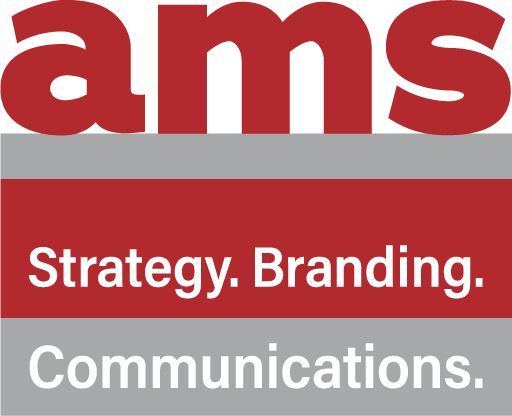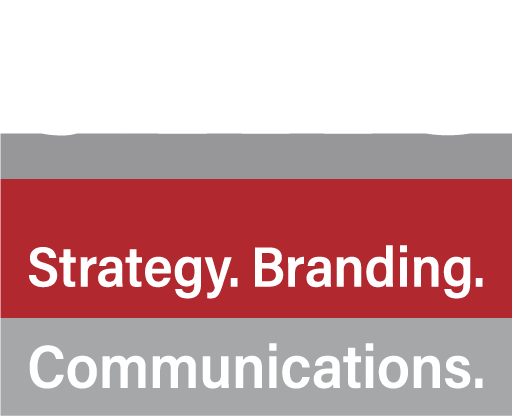Content Not Engaging Enough? Here’s How to Fix it Fast!
Written by Guest Author, Irina Linnik
Is no one engaging with your posts on social media? Are your ads returning zero results? The problem could be that your content is simply not engaging enough.
If you’re stuck on how to fix this problem, you’re in luck, this article will help you.
Below I’ve put together a list of the biggest reasons why your content is not engaging your audience. I’ve also included suggestions on how to fix this issue pronto. Let’s dive in!
Reason 1: Your content isn’t speaking to your market’s pain points
The first reason why your content may not be hitting the mark is simply that it doesn’t match the needs of your target audience.
For example, your primary source of content distribution may be emails – but if your target audience is millennials, only 22% of them read emails. You’ve picked the wrong content strategy!
When it comes to content creation, don’t rely on guesswork or your “gut feeling”. Go with the data.
With a vast amount of data at your disposal, marketers need to base their strategy on data, not on their own assumptions. This data may include demographics, online behavior, personal preferences, and favorite content distribution channels.
You might also find that people visit your website, read your blog and interact with your content – but that’s it, you don’t get any conversions. The reason for this is likely the same: your content does not offer these visitors the value they are looking for.
How to fix it?
The first thing that you’ll need to do is take a step back and perform a thorough analysis of your target audience.
You’ll need to identify your perfect customer and their primary needs as well as the biggest pain points. By knowing and understanding the problem, you’ll be able to provide a relevant solution.
Second, review your current content and see whether it addresses the identified problems and needs or is completely irrelevant. It may happen that you’ll have to rewrite your content and even rethink your content strategy – but in the long run, it will reward you with tangible results in the form of conversions.
Reason 2: You are talking in “marketing language”
This one may be a bit confusing. Since you are doing marketing, it is only natural to talk to users in “marketing language”, isn’t it?
In fact, not really. It’s users who take the lead today and they approach your product after conducting thorough and independent research beforehand.
So the old-school marketing pitches do not work anymore. As Doug Kessler, the creative director of the Velocity Partners B2B marketing agency, put it, “Traditional marketing talks at people. Content marketing talks with them.” And that’s one area where modern marketers still miss the mark.
How to fix it?
There are several proven methods of turning your copy from an overly pushy one to persuasive and user-friendly. Let’s look at each in detail.
Identify your brand voice
Every brand is unique and hence, every brand promotes its own values and vision through content. One of the easiest ways to level up your content game is by adding your brand identity to the content that you create.
And for that, you need to have a clear understanding of your brand identity and of how your brand positions itself.
Do you want to be perceived as bold or innovative or are you taking pride in your old-school traditional approach? The way you want to be seen should dictate the tone of your copy and the way you talk to customers.
Offer new perspectives and unique insights
Due to the availability of information, customers can easily research common facts and general perspectives on any topic.
To stand out and attract their interest, you can offer them a unique perspective coming from your own unique experience – and that’s something they can obtain only from you.
Review your content and see whether you can add unique insights and personal stories to it. This will make your brand stand out and will contribute greatly to customer engagement.
Promote two-way communication
While “marketing language” is more about a monologue where a potential customer silently listens in awe, a truly engaging copy promotes a dialogue.
That means a customer gets an option to interact with the content or reply to a piece of content. The simplest example of such dialogue is when a customer leaves a comment under a blog post – this shows that the post was engaging and thought-provoking.
Reason 3: Your content is not aligned with the user journey
A user journey is a path that a user takes to reach their goal and it consists of user stories – descriptions of actions that users take throughout the journey. An example of a user story can be online in-app payment and an example of a user journey can be ordering food online via an app.
The main idea behind designing a user journey is to naturally lead a customer towards the needed action and guide them towards their goal.
In other words, you are assisting them on the way with road signs – but road signs have to align with the route. The lack of alignment between your content and the designed user journey can lead to confusion and even discourage customers from further interaction with your product.
How to fix it?
The most obvious thing to do is to review your current user journey and see whether it actually leads a user towards your end goal. Here are some things that might help you revise your user journey strategy:
- Define the expectations and pain points of your target audience. By understanding what users come for, it will be easier to interest them from the start.
- Identify the emotions that users experience throughout the user journey and adjust your content accordingly.
- Identify the biggest touchpoints (i.e. customer support, onboarding, a product demo) and assess whether they provoke interaction or can be improved slightly.
- List the steps users take when interacting with your product and the reasons for these steps. For example, if they come to your website, why do they do it? What are they looking for?
- See whether there are any bottlenecks in the current user journey and eliminate them.
Reason 4: You lack strong CTAs
Call-to-action buttons are your little helpers when it comes to leading a user towards the needed action or towards a needed piece of content. You’ve seen the “Learn more” or “Read our blog” buttons on any app – these are the most common examples of this.
However, if a CTA is weak (i.e. does not encourage users to take any action) or misleading (i.e. a user simply cannot see it or does not understand it), it won’t bring any good results.
This is a common reason why people do not engage with your content.
How to fix it?
Offer value
In order to engage with your content, people need to understand why they have to do it.
Say, they have not read your blog yet so they do not know it will provide answers to their questions. Thus, if you have a CTA that leads to the blog, it has to clearly state the value people will get after clicking on it.
Personalize your CTAs
A good way to improve your CTA game is by personalizing the message from a generic “Click here” to a more brand-specific one.
Examples of good CTA messages are “Give me my free eBook”, “Find your perfect glasses”, or “I’m in!”. As you can see, all these CTAs are quite carefree, straight to the point, and quite memorable. Try stepping back from the standard CTA messages and making them a bit more unique and relevant to your brand tone.
Ensure CTAs are visible
A call-to-action button has to stand out from the rest of the application in order to grab attention.
Therefore, make sure it has a distinctive color, is bigger than other elements, and can be instantly seen. It’s also recommended to place CTAs either on top or in the middle of a page so it’s on the eye level of users.
Reason 5: Users can’t find your content
Last but not least, another reason why your content does not engage users is simply that users cannot find it. And even though it’s 2022 and SEO optimization has become a must, some applications still struggle with it.
And if a browser cannot find your product, how do you expect them to engage with it?
How to fix it?
Search engine optimization is a vast topic and the best thing you can do is hire an SEO specialist to take care of your content. However, you can start with some general tips that include:
- Research relevant keywords and review whether your content contains them;
- Optimize your current meta descriptions and title tags;
- Use free plugins for SEO optimization;
- Use relevant headlines (H1, H2, H3, H4) and add keywords to them;
- Monitor the performance of your product constantly.
Final word
In the modern world where users are overwhelmed with all forms of content, it is essential to offer them something clear, straightforward, and valuable. And even though the content is quite often overlooked and business owners prefer focusing on UX/UI design and product functionality, it’s these small snippets of text that can make a grand difference.
That’s why we highly recommend paying extra attention to your content and even considering adding a professional content writer to your team. And don’t forget that your whole marketing strategy should be user-centric from the start – and if it’s not, now is the time to review and rethink it. Need help with your content strategy? Contact our team at AMS Denver to point you in the right direction!
Guest author: Irina Linnik is a tech writer at SoftTeco, a company that designs custom software products for enterprise clients. With over 10 years of experience in copywriting, Irina always strives to create compelling copy that informs the readers about the latest technological trends in an engaging and clear manner.


